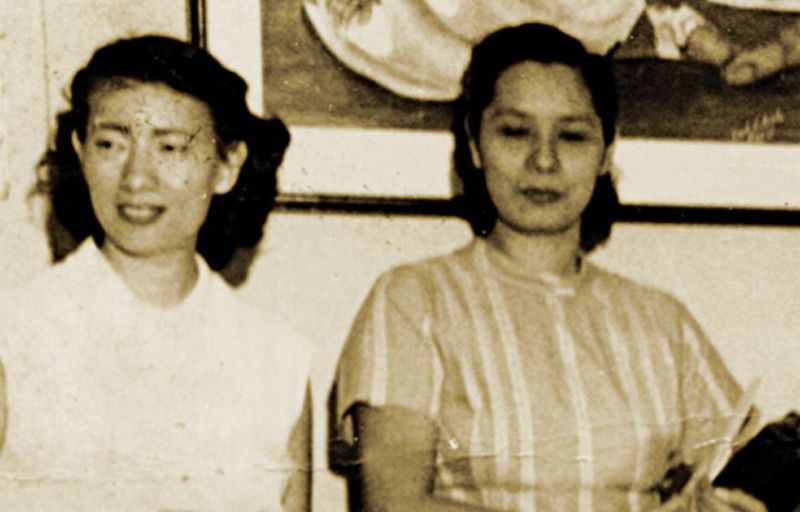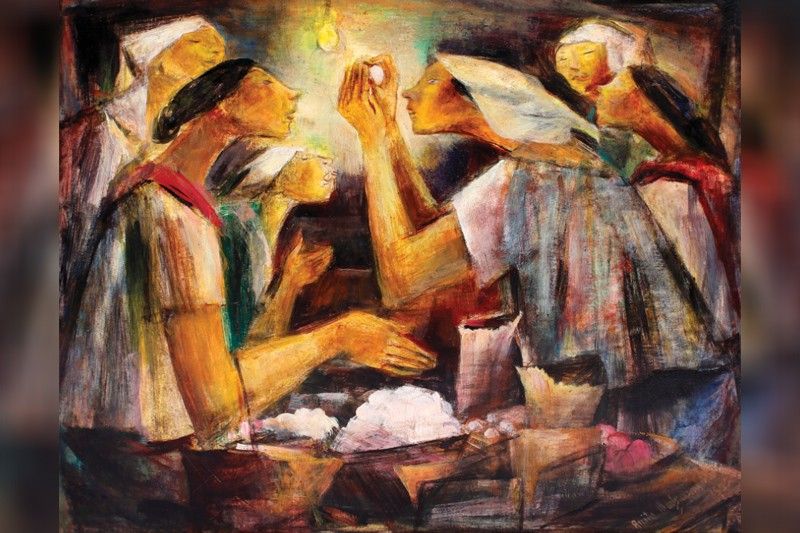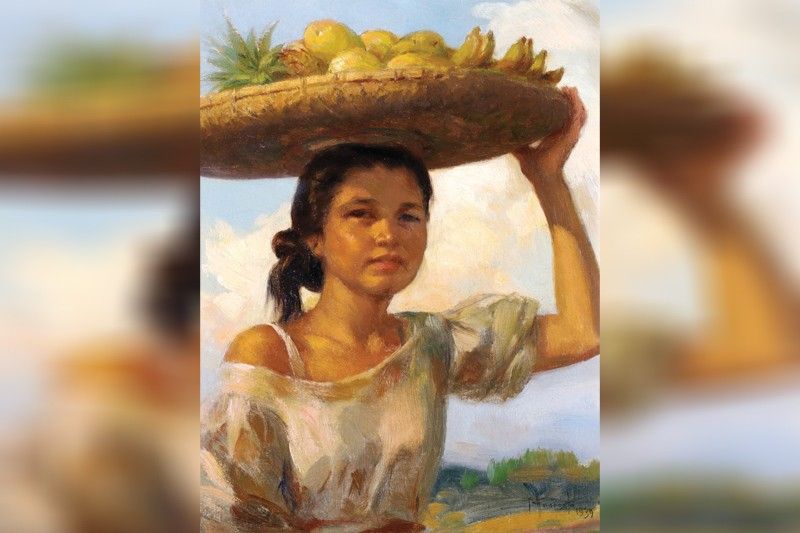The Taliban, Sara, Anita & the ‘Dalaga’


Reportage on the fall of Kabul and the fate of its women play out every night on the news like an addictive Netflix series.
Escaping from Afghanistan, its biggest pop star, Aryana Sayeed, broke down on American national TV as she relived her escape from the country with only a single T-shirt on her back. There were other vignettes of females on the run: the captain of the women’s national basketball team; young scientists specializing in robotics; a teacher disconsolate about the fate of her female students; even a top woman peace negotiator who had survived several assassination attempts.
The press corps intoned that there were three levels of Taliban at work on this devil’s mission: upper management, mostly unarmed; then the enforcers, wielding clubs; and finally there were the fighters. All of them wore medieval costumes and as the New York Times reported, were always “ready to leap down and beat women for showing a glimpse of ankle.”
The future looks bleak indeed for women who will have to stop all education after the age of nine, be unable to leave the house without a male chaperone, or should they do so, be covered head to toe in a suffocating veil and robes. Forget about any participation in shaping their own lives, much less that of their nation.

Could this ever be possible here in the Philippines? We’re a country, after all, that has learned to rely on its womenfolk, as a result of having the men systematically culled for 300 long years, first by the yearly uprisings by the bravest and the brightest who would be hung, drawn and quartered for their pain; secondly, by Spanish forced labor that dragged the remaining able-bodied off to build churches and galleons. It’s a nation dominated by women left behind to sharpen their claws and learn to keep their wits about them.
There was the coachman’s widow, Gabriela Silang, who after her husband’s death never wore women’s clothes again and led an army on horseback; there was Gregoria de Jesus, Bonifacio’s widow, who scaled a mountain to search for the Supremo. There is no shortage here of tenacious women who never take no for an answer.
It’s something to ponder today on National Heroes Day — and also, tomorrow, the self-imposed deadline by the United States to withdraw from Afghanistan and cast aside millions to an uncertain fate.
To understand even a little of what it takes to have free and independent women, one only need look at the generational battles — fought from the time of Gabriela and Gregoria — and fought several times moreover in war, politics, society and art.
Would the Taliban have a chance against the wiles and ruthless allure of the Filipina?
Like the Taliban, there are two kinds of Filipino women: the first are the frankly ferocious, such as Sara Duterte who became famous for slapping the Davao City sheriff; or the likes of Armida Siguion-Reyna, who wrote the book on being a razor-tongued movie producer. “Tita Midz” eventually evolved into a lovable silver-haired granny but before that she was running two empires, both hugely successful — the longest-running musical program on TV called Aawitan Kita as well as the important movie outfit called, most appropriately, “Reyna Films.”

Armida’s collection (amassed alongside her husband, the equally famous “Sig”) is one of the highlights of the impending León Gallery Magnificent September Auction. This particular sale, perhaps more than any other, is a sort of parable for the triumphs of the Filipino woman.
In it as well is the other kind of Filipina, celebrated by the “Maestro” Fernando Amorsolo, who tried his darnedest to hide the bitter truth and portray the Filipina as a soft, good-natured creature. (Perhaps that’s why his odes to the feminine remain among the most popular at auction.) His “Lavanderas” (also a highlight) was so beloved by the film-feminist Armida, it would eventually hang in her bedroom.
There are also particularly mesmerizing Amorsolos of tanned fruit-sellers from the 1930s. They’re even more significant when one thinks that women won the right to vote, by a landslide, at a plebiscite only as recently as 1937. One of the most important architects of this victory was a fiery suffragette called Pura Villanueva Kalaw. Like every Filipina woman, she, too, led a double life and was both activist and Manila carnival queen. One of her daughters was the legendary senator Mary Kalaw Katigbak — the other was Purita Kalaw-Ledesma, a moving spirit behind Filipino art through the all-powerful Art Association of the Philippines, an organization she routinely pushed, pulled and also pummeled into submission.
Anita Magsaysay-Ho would be the very first woman to win first prize at the AAP’s defining annual competitions. You can imagine how this created as much of a sensation in 1952 as Hidilyn Diaz winning the Olympic gold does today. There was even a well-chronicled quarrel over ownership of the prize-winning piece entitled “The Cooks” — between the city’s top columnist and a feisty female merchant from Tabora Street in Divisoria. Guess who won? (She did, by thumping down her hard-earned cash before the ink could even dry on the AAP’s certificate.)

Magsaysay-Ho’s “Egg Vendors” would be painted in 1955. (It was featured in This Week, the Sunday magazine of the Manila Chronicle, along her other painting “Tinapa Vendors,” which holds the record for being not only the most expensive Anita ever but also the costliest Philippine painting per square inch.) In this tale of Filipina truth, a group of women are spell-bound over a single mystical egg, looking for cracks in the fragile shell, praying for both purity and hope.
Finally, there is a pair of striking H.R. Ocampos: The first is a proper “Homage to the Heroes of 1896” painted a good decade before the centennial of the Cry of Balintawak but the crimsons are a poetic reminder of the Katipunan’s own flag and spilt blood, just for today’s heroes remembrance.
The second is what is also known as one of the earliest H.R.s to come to auction. Titled “Pastoral,” it is unique testimony to the friendship of two nationalist stalwarts, Ocampo and his fellow brainiac, Senator Lorenzo Tañada. What is tantalizing is that “Tanny” was one of the authors of the country’s first anti-wiretapping law, which was written to protect the rights of a certain woman-friend of his, the journalist Carmen Guerrero Nakpil. She was hauled before Congress for subversive activities and the evidence presented were tape recordings of her phone calls to other newsmen. Tañada sprang into action and cobbled one of the first human rights laws together with the future Supreme Court chief justice, Claudio Teehankee.
These narratives underscore the fact that, indeed, women’s lives matter — a message that Filipinos, men and women alike, should send to the Taliban should they ever dream of coming to these shores.























